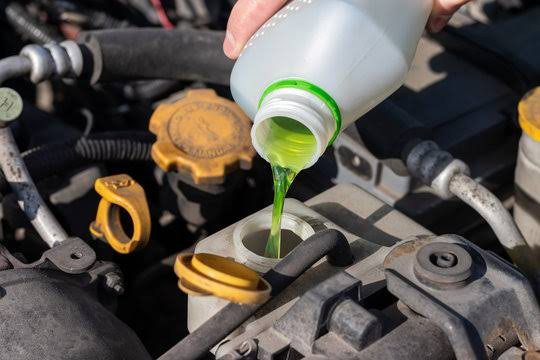Do you know how to warm up your car engine in cold weather? Many people have different opinions on this topic. Some say you should idle your engine for a few minutes before driving, while others say you should drive off right away but keep the revs low. Who is right and who is wrong? Let’s find out!
Why Do You Need to Warm Up Your Car Engine?
Your car engine needs to warm up for two main reasons:
- To protect the engine from wear and tear, and to improve the fuel efficiency and performance of your car. When you start your car, the engine oil is cold and thick. It takes some time for the oil to circulate and lubricate all the parts of the engine. If you drive too fast or too hard when the oil is cold, you can damage the engine and reduce its lifespan.
- When the engine is cold, the fuel and air mixture is richer than normal. This means that more fuel is burned than needed, which wastes gas and increases emissions. By warming up the engine, you can achieve the optimal fuel and air ratio, which saves you money and helps the environment.
How Long Should You Warm Up Your Car Engine?
The answer to this question depends on several factors, such as the type of engine, the type of oil, the outside temperature, and the condition of your car. However, a general rule of thumb is to warm up your car engine for 20 to 30 seconds after starting it, and then drive moderately until the engine reaches the normal operating temperature.
You can tell when the engine is warm by looking at the temperature gauge or indicator on your dashboard. Most modern cars have a color band or a light that shows the safe temperature range for the engine. For example, my Mazda has a blue zone at the cold end, and I should drive without hard accelerations until the needle moves above it.
The time it takes for the engine to warm up varies depending on the weather and the distance you drive. In warm weather, it may take only a few minutes to warm up the engine. In cold weather, it may take longer, especially if you drive a short distance.
What Are the Benefits of Warming Up Your Car Engine?
Warming up your car engine has many benefits for you and your car. Here are some of them:
- It reduces engine wear and tear by ensuring proper lubrication of the engine parts.
- It improves fuel efficiency and performance by achieving the optimal fuel and air mixture.
- It reduces emissions and pollution by burning less fuel and producing less exhaust.
- It enhances your comfort and safety by heating up the cabin and defrosting the windows.
What Are the Risks of Not Warming Up Your Car Engine?
If you don’t warm up your car engine properly, you may face some risks and problems. Here are some of them:
- You may damage the engine and shorten its lifespan by causing excessive friction and pressure on the engine parts.
- You may waste gas and money by burning more fuel than needed and lowering your gas mileage.
- You may harm the environment and your health by increasing the emissions and pollution from your car.
- You may compromise your comfort and safety by driving with a cold cabin and foggy windows.
How to Warm Up Your Car Engine the Right Way?
Now that you know why and how long you need to warm up your car engine, here are some tips on how to do it the right way:
- Start your car and let it idle for 20 to 30 seconds. This will allow the oil to circulate and lubricate the engine. Use this time to put on your seat belt, adjust your mirrors, and check your surroundings.
- Drive gently and avoid hard accelerations, high speeds, and sudden stops until the engine reaches the normal operating temperature. This will prevent damage to the engine and improve the fuel efficiency and performance of your car.
- Use the heater and defroster to warm up the cabin and clear the windows. This will make you more comfortable and safe while driving.
- Avoid idling your car for too long, as this wastes fuel and pollutes the air. If you need to wait for someone or something, turn off your engine and restart it when you are ready to go.
Conclusion
Warming up your car engine in cold weather is important for the health of your engine, your wallet, and the planet. By following the simple steps above, you can warm up your car engine the right way and enjoy a smooth and safe ride. Remember, a warm engine is a happy engine!

Comments (0)
Please login to join the discussion
Be the first to comment on this article!
Share your thoughts and start the discussion